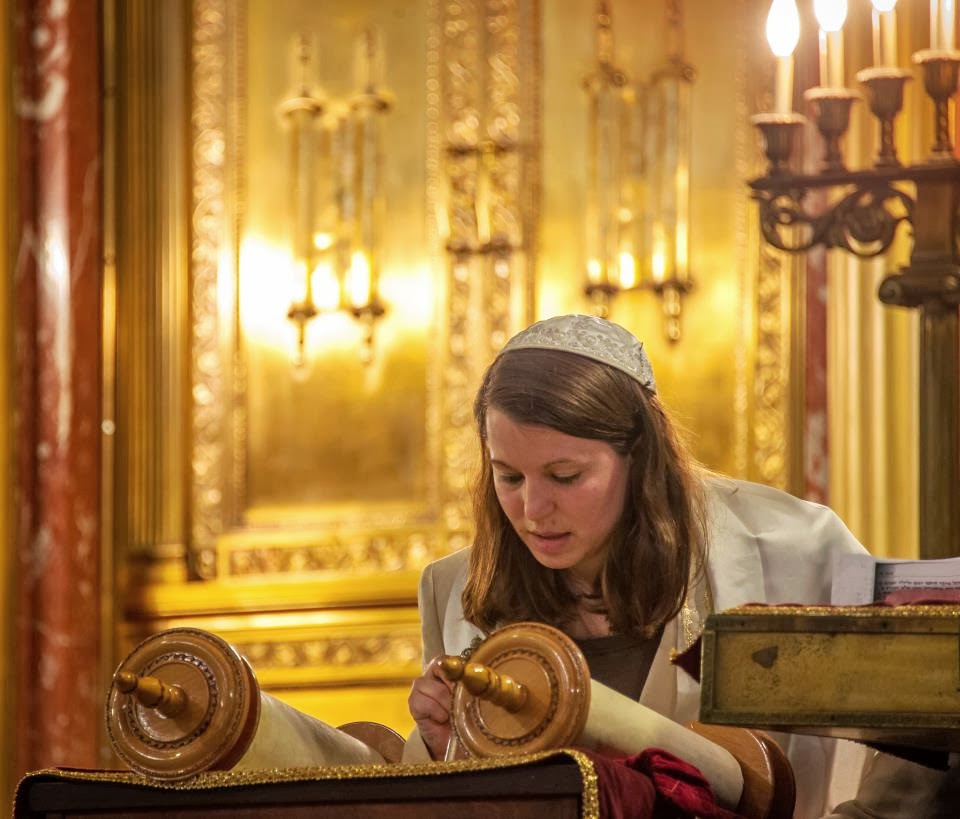On January 30th, 2009, I wrote in my field notes as I sat in the Ramallah home of my Machon Arava roommate, Bissan:
All in all, it’s been a great semester. Despite all the bullshit, the shouting and arguing in PELS, the disorganization of the administration of the Institute, the tension between Machon Arava students and Kibbutz Ketura members, the mutual racism of Zionists and Palestinian nationalists, despite all that, I wouldn’t change my experiences for the world. The studying, the student life, the coexistence, the traveling, the people. I think I’ll miss it here, even though I spent a lot of time this semester complaining that this experience has jaded me. I now fear that people do not want to change. People do not want to listen to each other, even when they are friends. Bureaucracy is strong and difficult to weed through. The great Revolution may never happen, world peace may never happen, and I’ll have to accept that I really can only save the world in small steps, throwing one starfish at a time back in the ocean. But this semester has given me the patience to do that. I guess I’ll just have to add Arava to the list of places I call home.
Now, reflecting back on those words, I see there really is not more to say about my personal experiences. I saw people shouting horrible, racially derogative, emotional things at each other, and saw the same people drinking coffee and smoking nargilah together later that same day. When the war in Gaza broke out at the end of December, I saw an Israeli girl, whose brother was fighting for the IDF somewhere in Gaza, and a Palestinian girl, who had relatives and old family friends living in Gaza, go off and cry together. Because even though they were coming from opposing sides, we had all realized at that point that it was the same pain. The next day, I saw Israeli after Israeli (strangers), come out to our peace vigil and shout in people’s faces. I saw them ask Conservative Jews why they were anti-Semitic, and say nasty racist things to the Palestinians, and threaten to arrest us all (which potentially meant deportation for all non-Israelis). This was at a unified peace vigil, a protest not just to Israel’s most recent actions in Gaza, but also to the Qassams falling on Sderot, and the suicide bombs in Jerusalem, and to the roots of such violence. But people see what they want to see. They saw our signs had Arabic, and they didn’t bother to read the Hebrew, and they just started shouting. After seeing so much pain and so much love from the same people, after the shared tears of 38 people coming from a diversity of backgrounds in race, nationality, education, families, and viewpoints, it is hard not to feel weighed down by our self-assigned task of creating peace in the Middle East and ecological stability at the same time. But seeing that there are 38 people from a diversity of backgrounds in race, nationality, education, families, and viewpoints who are willing to share pain and love and tears in the name of Middle Eastern peace and ecological stability, it is hard not to gain a newfound patience for the small steps towards our goal.
As for the facts on the ground, Israel remains in hegemonic control of water resources in the Occupied Territories. Since the Gaza War, nothing has changed for Gazans, or for the residents of Sderot. Everyone continues to live in fear of constant war and resource depletion. A recent Israeli order requires permits for Palestinians to live in the West Bank. Those who cannot prove they belong there will be sent to Gaza, which is already overcrowded and under fed. Even with the Israeli exploitation of land and water resources in the West Bank, life there is considerably more comfortable. The movement of people into Gaza will only increase the pressures on the natural environment and lead to more tension and violence.
If Alon Tal and Thomas Homer-Dixon are right about disaster bringing social change, I have to wonder how big does the disaster have to be before things will change? How many Palestinians must die? How many Israelis must live in constant fear? How much water must be depleted? How much desert irresponsibly built and farmed upon? How many Peace Now protests will it take for the Israeli government to remove settlements and reroute the Barrier? How many summer days without running water will it take for the Palestinian Authority to make compromises to ease the immediate suffering of their people, perhaps at the cost of immediate justice or pride?
I was hoping to conclude this Division III with optimism. To tell the world that Israel steals water and land from Palestinians and it feeds the broader conflict, but through this neutral starting ground, water sharing plans could be built. Daibes’ vague plan in Water in Palestine on how to begin the mediation process seems easy enough to follow, with step-by-step small scale agreements to build trust on before pursuing bigger peace plans, but since her death last March, it looks like no one else is picking up that torch. It may just be up to the alumni of the Arava Institute for Environmental Studies to keep pushing for small transboundary environmental projects and hope that our message is heard far and wide until we are no longer in the minority.

No comments:
Post a Comment